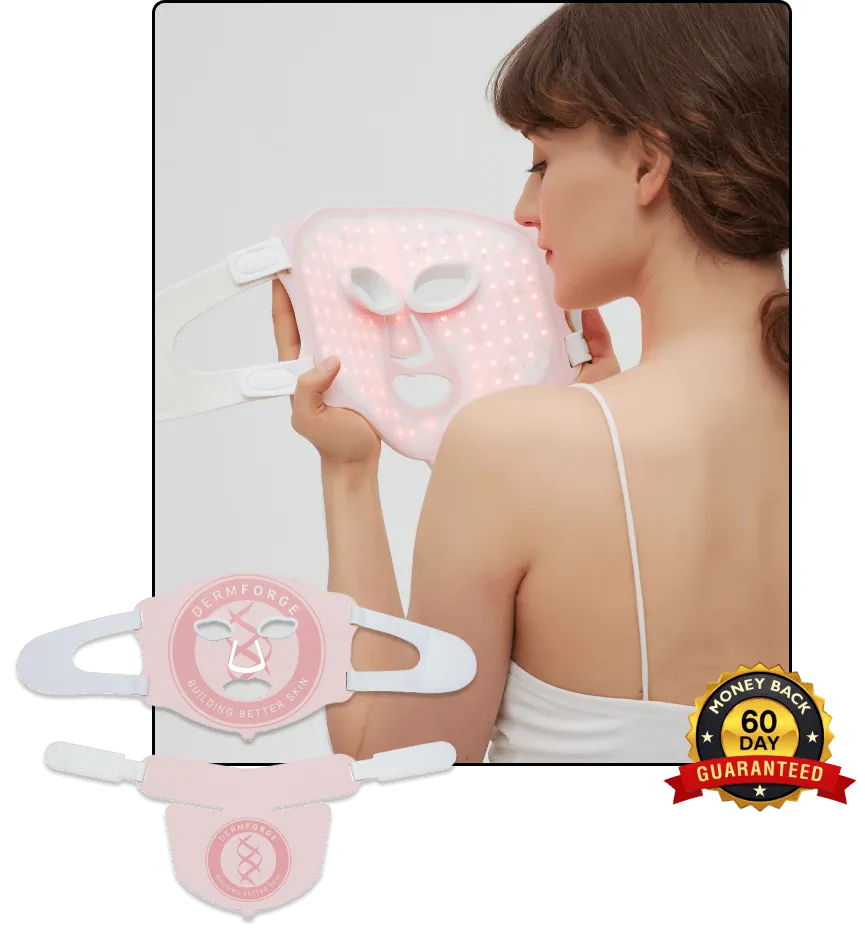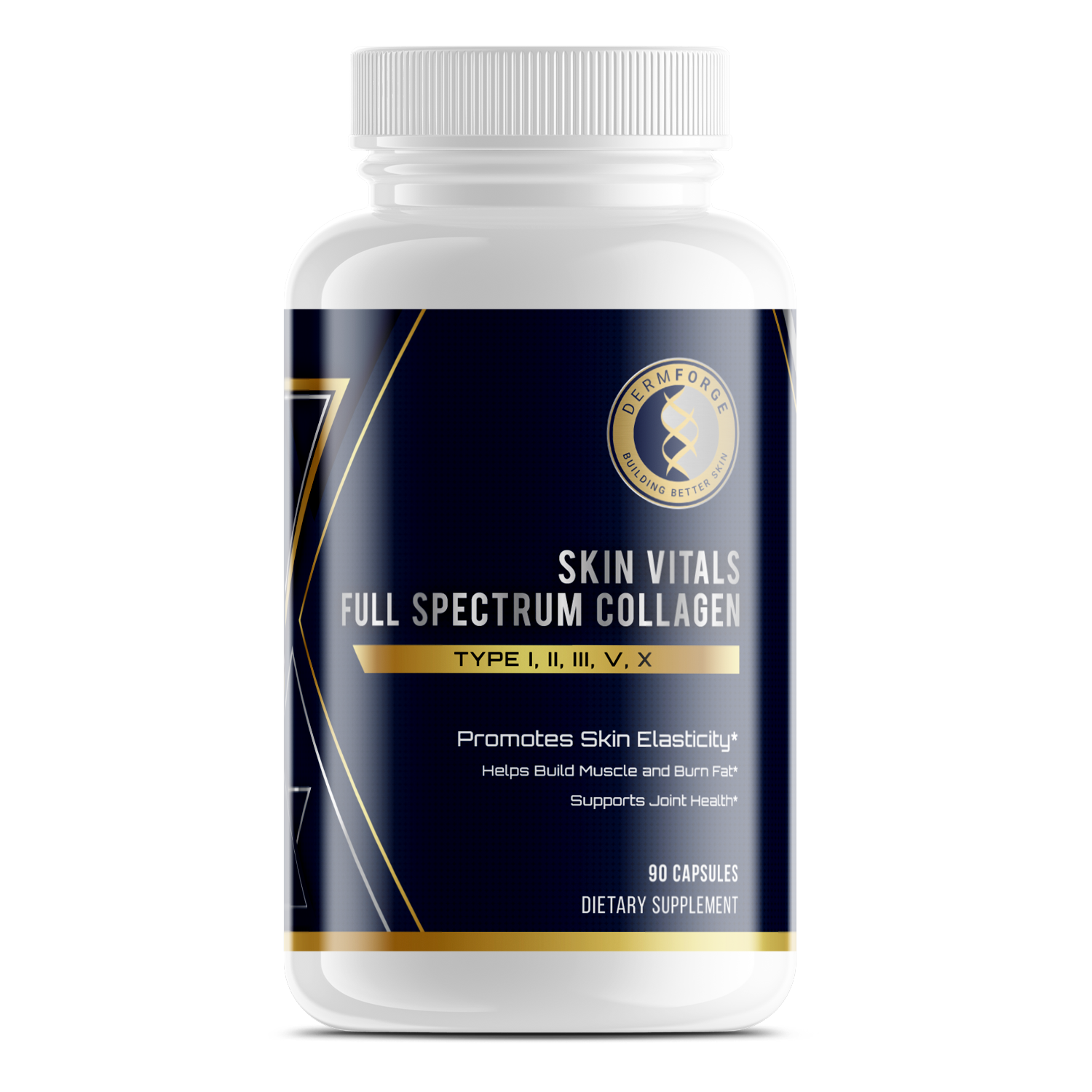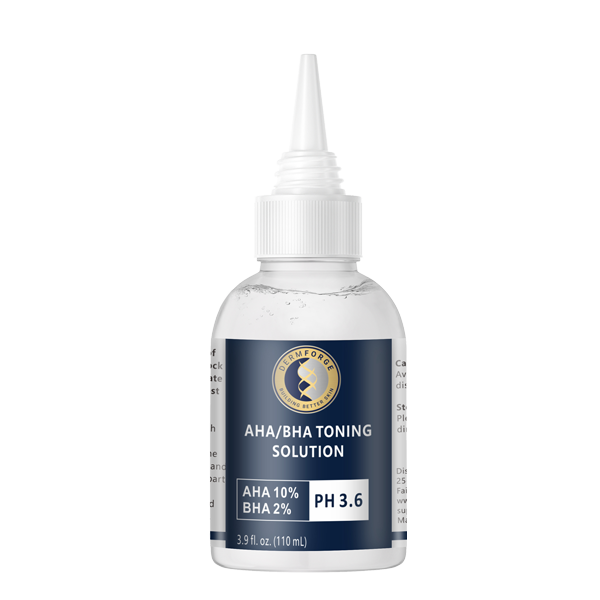Uneven skin tone can be frustrating, especially when dark spots linger after acne, sun damage, or inflammation. Light therapy to reduce hyperpigmentation gives you a non-invasive option that works with your skin instead of irritating it. The treatment uses specific wavelengths of LED light to gently target excess melanin. Therefore, it offers gradual results without harsh ingredients or long recovery times.
Additionally, light therapy fits easily into your skincare routine. You can use it at home or choose professional sessions. However, the type of device and light used plays a big role in your results. Green and red wavelengths are most often used to treat dark spots. Each works at a different skin depth to fade discoloration over time.
Your skin may respond slowly at first, but consistency pays off. Therefore, most people see results after a few weeks of regular use. Additionally, pairing light therapy with sunscreen and simple skincare helps protect your progress. You don’t need to overcomplicate the process to see improvement.
Light-based treatments are generally well-tolerated and low-risk. You avoid the side effects often linked to chemical peels or strong exfoliants. However, it’s still important to use the right settings and follow safety guidelines. That way, you protect your skin while helping it improve.
By choosing this gentle approach, you give your skin the time and support it needs to heal. Over time, light therapy can help reduce spots and even out your skin tone naturally.
What Causes Hyperpigmentation in the Skin
Hyperpigmentation happens when your skin produces too much melanin in certain areas. Melanin gives your skin its natural color. However, when cells become overactive, dark patches can form. These spots often appear after inflammation, acne, or skin injury.
Sun exposure is one of the most common triggers. UV rays cause your skin to increase melanin as protection. Over time, this can lead to dark spots, especially without sun protection. Therefore, people who spend a lot of time outdoors may see more uneven pigmentation.
Additionally, hormonal changes often lead to skin discoloration. For example, melasma is a condition linked to pregnancy or hormonal treatments. It causes patchy pigmentation, mostly on the cheeks, forehead, and upper lip. This type of hyperpigmentation can be slow to fade.
Post-acne marks also fall under this category. After inflammation or breakouts, your skin may leave behind dark spots. These marks can linger for months, especially on deeper skin tones. However, gentle treatments may help fade them over time.
Therefore, light therapy to reduce hyperpigmentation has become a preferred option for many. It uses specific wavelengths to target melanin and promote balance in your skin. Additionally, this approach avoids harsh chemicals and abrasive treatments.
Your skin reacts to many factors, including heat, hormones, and irritation. Once you know the cause of hyperpigmentation, it’s easier to manage it. By focusing on triggers and prevention, you reduce the chances of new spots forming. You also support better results from any treatment you choose.
How Light Therapy Targets Pigmented Skin Cells
Light therapy works by using specific wavelengths to reach targeted layers of your skin. These wavelengths interact with melanin-producing cells. Melanin gives your skin its color, but when clustered, it causes dark spots and uneven tone. However, light can help break up these clusters over time.
Green and red LED light are commonly used for pigmentation issues. Green light targets surface discoloration and helps fade mild dark spots. Red light penetrates deeper and supports overall skin repair and tone correction. Therefore, combining both may improve results in some cases.
Additionally, your skin cells absorb light energy during treatment. This light energy stimulates a natural healing process without damaging the surface. As a result, the excess melanin gradually breaks down and fades. However, results take time and often require consistent sessions.
Light therapy to reduce hyperpigmentation offers a gentle alternative to peels or abrasive treatments. It works without chemicals or downtime. Therefore, many people with sensitive skin prefer it over traditional options.
You may notice improvements in overall tone after a few sessions. However, older or darker spots often take longer to fade. Additionally, following up with sunscreen and a good skincare routine helps prevent new spots from forming.
Understanding how light works with your skin gives you a better idea of what to expect. When used properly, this method helps improve clarity and smoothness. You gain better balance in your skin without harsh methods or irritation.
Best LED Wavelengths for Treating Hyperpigmentation
Different LED light wavelengths offer different benefits depending on your skin concern. For pigmentation, green and red light are most effective. Green light, typically in the 520 to 560 nanometer range, works at the surface level. It targets excess melanin and helps fade mild dark spots.
Red light falls between 630 and 660 nanometers and reaches deeper layers of your skin. Therefore, it supports collagen repair while also helping to reduce inflammation. Additionally, red light encourages healthier skin turnover, which helps fade older discoloration more gradually.
When used together, these wavelengths can provide balanced results. Green light helps reduce visible spots while red light supports long-term tone correction. However, you still need to stay consistent with sessions to see noticeable changes.
Light therapy to reduce hyperpigmentation works best when paired with other good skincare habits. For example, using sunscreen and gentle exfoliants can help maintain progress. Additionally, skipping treatments or switching devices too often may slow your results.
Each wavelength affects your skin differently. That’s why it helps to understand what each one targets. Green light works best for surface marks, while red light addresses deeper issues tied to aging and inflammation.
Therefore, selecting the right device and light setting matters. You want to treat your concern without irritation or overexposure. When done properly, this approach helps restore a more even tone over time.
By choosing the appropriate wavelength, you focus your efforts where they matter most. That gives you a better chance at seeing long-lasting results.
Benefits of Non-Invasive Light-Based Treatments
Many people look for ways to treat dark spots without harsh side effects. Light therapy offers a gentle, non-invasive solution. It uses low-level light to support skin repair and improve tone over time. Therefore, it avoids damage to the skin barrier, unlike more aggressive treatments.
Chemical peels and laser treatments often cause redness, peeling, or irritation. However, light therapy produces no pain or downtime. You can return to your regular routine right after a session. Additionally, it works gradually, which reduces the risk of overcorrection or scarring.
Light therapy to reduce hyperpigmentation supports your skin’s natural repair process. It does not strip or burn the surface. Instead, it helps your skin fade dark spots slowly and safely. This makes it a better option for sensitive or darker skin tones.
You may notice mild warmth during treatment, but no discomfort or recovery time is needed. Therefore, it fits easily into your weekly skincare routine. Additionally, the technology has advanced to make it safe for home use with proper guidelines.
Some people prefer light therapy because it works over time without stress on the skin. You don’t need to worry about redness or flaking. However, results may take longer compared to more aggressive options.
By choosing non-invasive methods, you protect your skin from unnecessary irritation. You support healing rather than forcing it. That approach works well when consistency is more important than speed. Over time, light treatments help create a more even, healthy skin tone.
At-Home vs. Professional Light Therapy Devices
Both at-home and professional light therapy devices offer benefits for fading pigmentation. However, they differ in strength, cost, and speed of results. Professional devices use higher light output, which allows deeper skin penetration and faster improvement. Therefore, they often show visible results in fewer sessions.
At-home devices use lower energy to keep the process safe for unsupervised use. This means they take longer to produce noticeable changes. However, they are more convenient and often more affordable over time. You can use them regularly without scheduling appointments or traveling to a clinic.
Additionally, at-home tools work well for maintenance or treating mild to moderate pigmentation. For deeper discoloration or faster results, professional treatment may be more effective. However, professional sessions usually cost more per visit and may require a series of treatments.
Safety also depends on how you use the device. Professional sessions are supervised, which reduces the risk of misuse. At home, you must follow all guidelines carefully to avoid irritation. Therefore, you should read instructions and avoid overuse.
Light therapy to reduce hyperpigmentation works in both settings if you remain consistent. The key difference is how quickly you want to see changes. Additionally, your skin type and budget may affect which option fits better for you.
Some people start with professional treatments and then switch to at-home tools for maintenance. That approach helps protect your investment and extend results. Whatever you choose, use the correct wavelength and follow a regular schedule for best outcomes.
Expected Results and Treatment Timeline
Light therapy offers gradual improvement, not instant results. Most people need consistent sessions over several weeks to start noticing changes in pigmentation. However, the timeline may vary depending on your skin type, the severity of discoloration, and the strength of the device.
At-home users may start to see slight fading after three to four weeks. However, deeper or older spots can take longer. Therefore, patience and consistency play an important role in your results. Additionally, you should continue treatment even if early results are subtle.
Professional treatments often show results faster due to higher light intensity. You may see changes within two to three sessions. However, you’ll still need multiple visits for lasting improvement. Therefore, your provider may recommend a series of six to ten treatments spaced weekly or biweekly.
At-home sessions should usually be done three to five times per week. However, always follow your device’s guidelines to avoid irritation or overuse. Additionally, supporting your skin with sunscreen and a mild skincare routine can help maintain progress.
Light therapy to reduce hyperpigmentation works best when used regularly. Skipping sessions may delay or limit your improvement. Therefore, stick to a routine and track your skin’s response each week.
Additionally, keep in mind that results are gradual and may plateau after several months. Maintenance treatments can help preserve your progress. By managing expectations and staying consistent, you give your skin the time it needs to improve safely and effectively.
Conclusion
Reducing dark spots takes time, but light therapy offers a steady and low-risk approach. You can treat discoloration without harsh chemicals. Light therapy to reduce hyperpigmentation works by gently targeting melanin at various skin depths. Therefore, you can treat both surface and deeper pigment concerns.
Additionally, the treatment is flexible enough for both home and clinic use. At-home devices offer convenience, while professional sessions may deliver faster results. However, both options require consistent use to work effectively. You can expect visible results after several weeks with a steady routine.
Red and green light wavelengths support different aspects of pigment correction. Therefore, choosing the right type of light helps improve your results. Additionally, combining LED therapy with sunscreen and a simple skincare routine helps protect your progress.
You don’t need to rely on harsh peels or lasers to see improvement. Instead, light therapy offers a practical and comfortable alternative. However, you should stay patient, especially if your pigmentation is deep or long-lasting.
Tracking your progress helps you adjust your treatment plan over time. Therefore, take note of any changes each week. If needed, you can switch to professional treatments or combine both methods.
By making informed decisions, you support your skin’s recovery process. You allow time for gradual fading without damage or stress. With regular treatment and basic care, you give your skin a chance to look clearer and more even over time.






